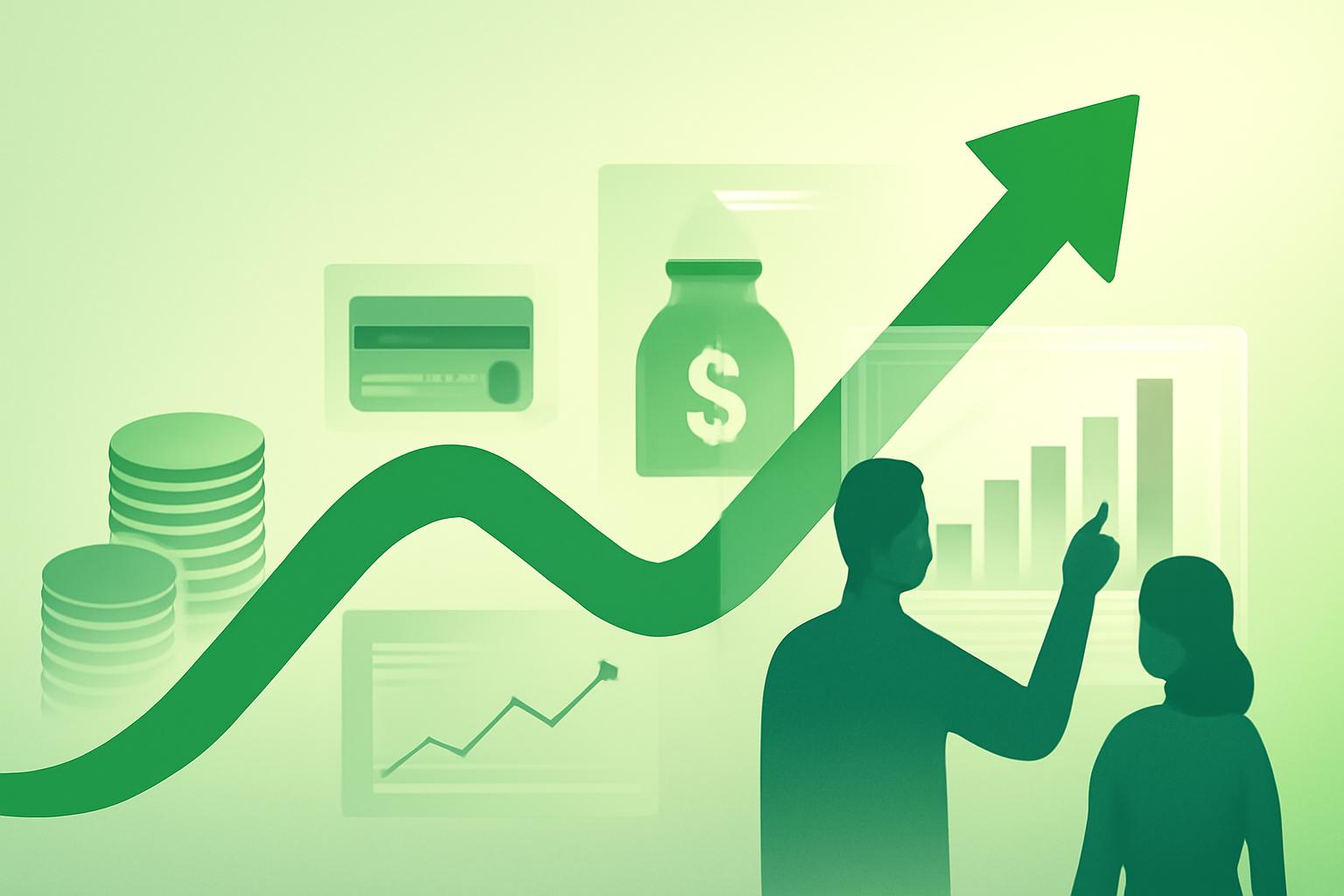Federal Reserve Expected to Reduce Rates Amid Economic Concerns
The Federal Reserve is widely expected to cut its benchmark interest rate by 25 basis points during its upcoming meeting, marking the first reduction since 2024. This move comes despite recent inflation figures exceeding expectations, with markets pricing in a 96% chance of the cut according to the CME Fedwatch tool.
Senior economic analyst Mark Hamrick of Bankrate noted that the Fed’s decision to ease rates reflects growing concerns over downside risks in the broader economy and labor market conditions.
Implications of a Rate Cut for Consumers
While the federal funds rate directly influences overnight interbank lending, its adjustments cascade into consumer finance, affecting credit card rates, auto loans, and savings yields. However, experts caution that a quarter-point cut will only marginally reduce existing high-interest rates.
1. Prioritize Reducing High-Interest Debt
Borrowers with credit card balances and variable-rate debt may see some relief as the prime rate declines alongside the Fed’s cut, but average credit card APRs remain elevated at over 20%. Matt Schulz, LendingTree’s chief credit analyst, emphasizes that the modest rate reduction will not significantly lower monthly bills.
Financial advisors recommend exploring zero-interest balance transfer offers or consolidating debt with personal loans to secure more substantial savings on interest. Improving credit scores can also enable better refinancing options for auto loans, which typically have fixed rates but can be costly if creditworthiness is poor.
2. Secure Savings Before Rates Fall
High-yield savings accounts and certificates of deposit (CDs) currently offer rates exceeding 4%, substantially above the national average of 0.39%. Swati Bhatia, head of retail banking at Santander Bank, advises savers to lock in these rates before the anticipated rate cut lowers returns.
For example, a saver with $8,000 could earn approximately $320 annually by moving funds into competitive CDs or high-yield accounts.
3. Consider Timing Large Purchases, Especially in Housing
Lower interest rates would particularly benefit the housing market by encouraging homeowners with low-rate mortgages to sell and potential buyers to enter the market. The average 30-year fixed mortgage rate has declined from over 7% earlier this year to approximately 6.3%.
John Hummel of U.S. Bank reports increasing consumer confidence in mortgages and anticipates further rate cuts could stimulate market activity in the latter half of the year.
4. Enhance Your Credit Profile
Credit scores remain a critical factor in determining loan terms. Tommy Lee, senior director at FICO, advises maintaining low credit utilization—below 30%—and timely bill payments to improve scores.
Regularly reviewing credit reports to correct errors is also essential, as inaccuracies such as wrongly reported late payments can significantly reduce credit scores. According to Matt Schulz, improving credit quality can have a greater impact on borrowing costs than Fed rate changes.
Conclusion
As the Federal Reserve prepares to lower interest rates amid economic uncertainties, consumers should adopt strategic financial measures. Reducing high-interest debt, securing favorable savings rates, timing significant purchases like homes, and improving credit scores will position individuals to better navigate the evolving economic landscape.
FinOracleAI — Market View
The anticipated Federal Reserve rate cut signals a shift toward monetary easing aimed at mitigating economic risks, particularly in the labor market. This development is likely to provide some relief to consumers facing high borrowing costs, though the modest size of the cut suggests limited immediate impact on credit card rates and consumer loans.
Investors should monitor inflation trends and subsequent Fed communications for indications of further easing or policy adjustments. The housing market stands to benefit if rate cuts continue, potentially stimulating demand and inventory turnover.
Impact: positive













